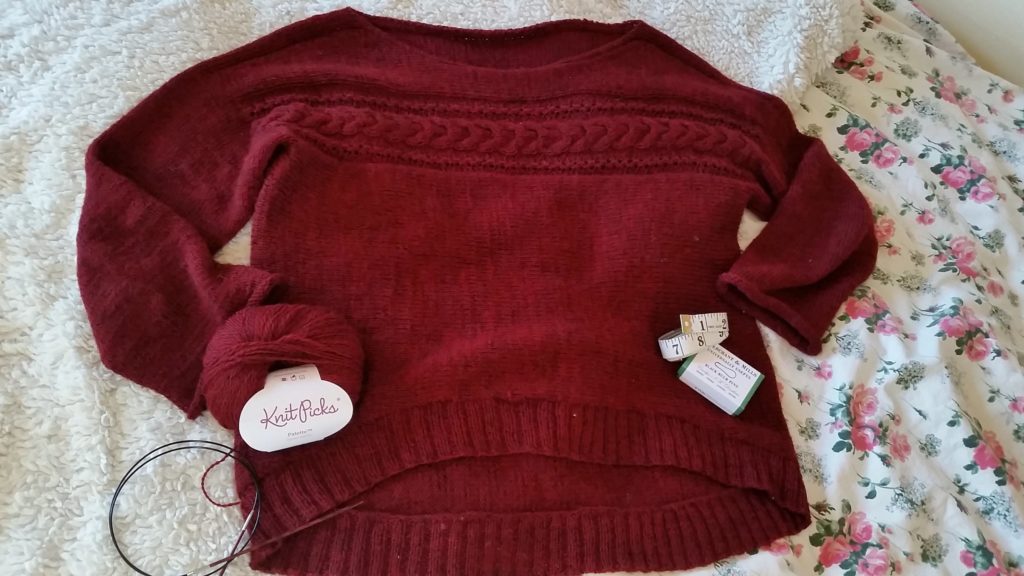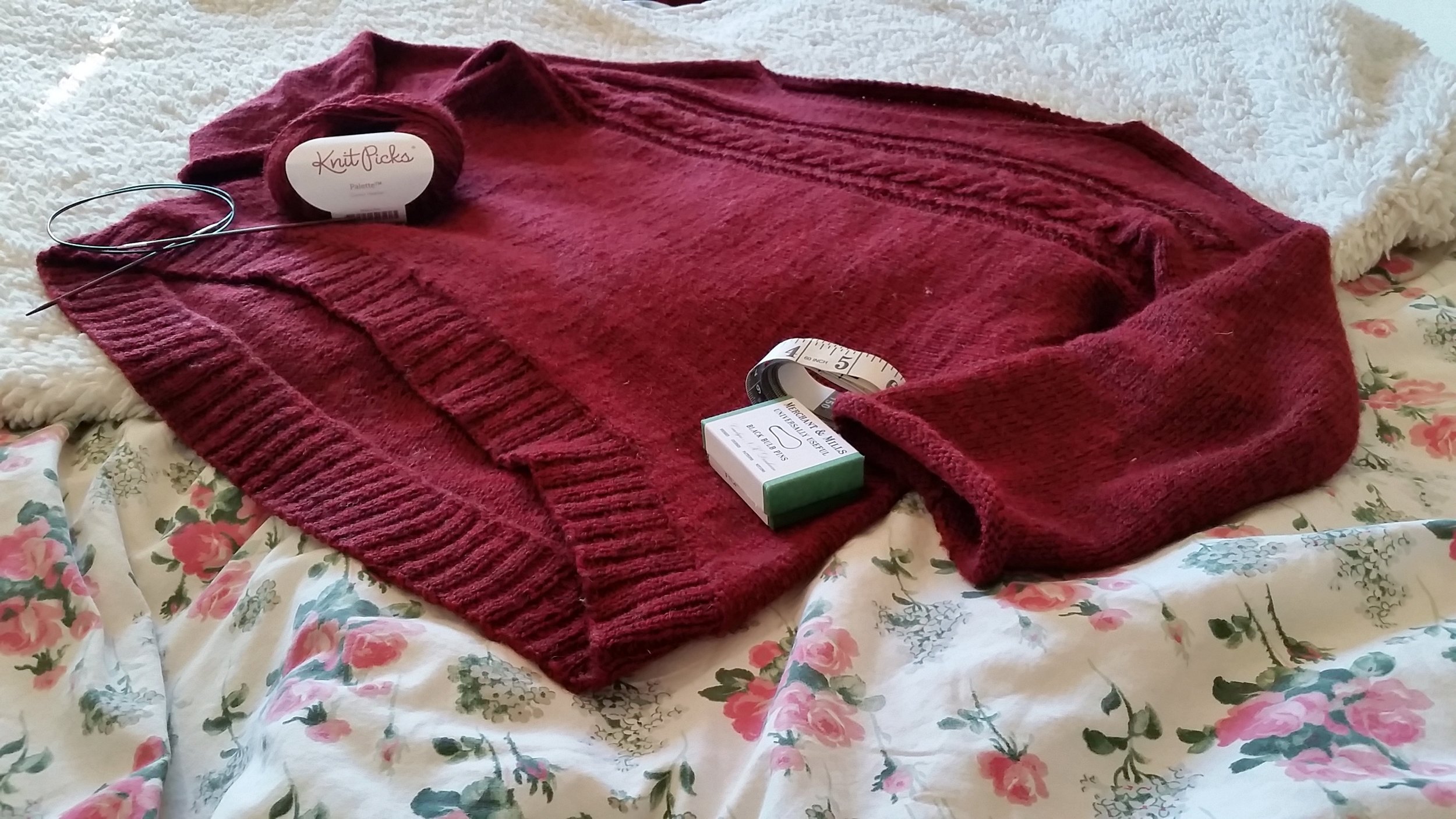
It’s not something that I can claim a 100% success rate for, but every time I take on a new knitting project I try to learn something new. This started when I was first beginning to knit and I was overwhelmed by the endless amount of techniques and stitch combinations that make up the world of knitwear. I wanted to be able to make socks and pretty sweaters and lacy shawls and colourful mittens and all I knew how to do was knit, and purl (through the help of a thousand YouTube videos.) I didn’t know where to start but I knew I didn’t want to give up, so I decided that for my second project I would graduate from a stockinette stitch scarf and learn how to knit in the round. I made a hat! It was the most exciting thing in the world! And it wasn’t as hard as I thought it would be. So then I decided I would learn to cable. And then I picked a pattern with some lace work. And after that I decided I wanted to make mittens. So I did. By taking little baby steps and focusing on one thing at a time it didn’t seem so overwhelming and all of a sudden I had a whole bunch of new skills under my belt. Looking at all of the patterns on Ravelry no longer intimidated me.
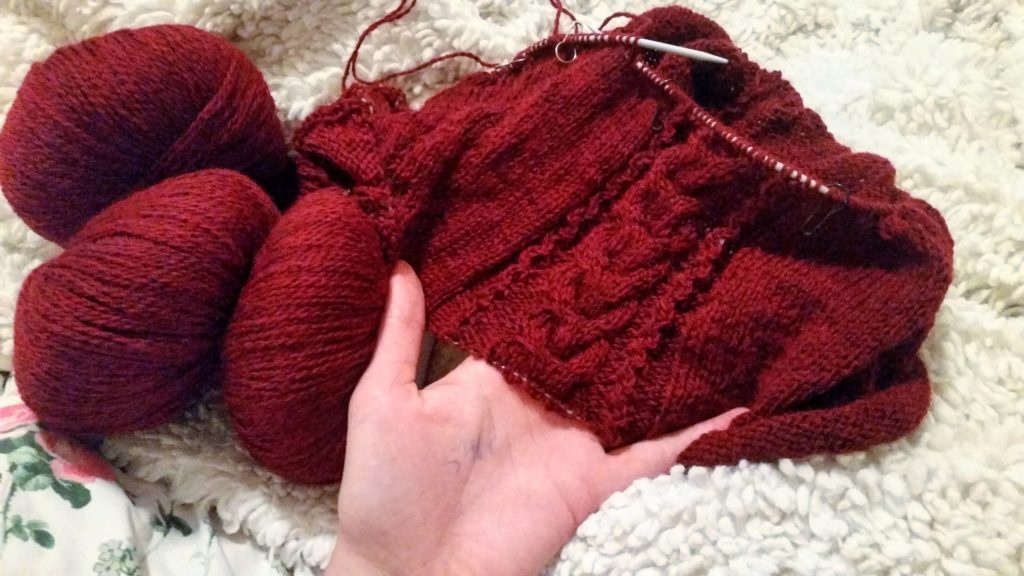
It’s a concept I’ve stuck with, though on a more abstract level now that I’m comfortable with most of knitting’s basic skills and techniques. I try to be conscious about the way I’m putting things together and to follow my instincts when I think things need to be modified to fit my stupidly long torso or big feet. I’ve made an effort to knit quite a few sweaters this year and I’ve tried to choose ones with unique constructions (like the short rows in Judy Brien’s Engineered Seams or the boat neck and drop shoulders in Melanie Berg’s Threshold) so that I wasn’t just making the same top-down, seamless yoke pattern with different stitch combinations over and over again. The sweater I chose for November is a Brooklyn Tweed pattern written by Yoko Hatta: the Natsumi Pullover.
It’s a fingering weight sweater, worked left-to-right from a provisional cast-on and I love the clean simple lines and the cable detail running across the chest and back. I picked out some Palette in Garnet Heather from Knit Picks’ last sale specifically for this pattern and I loved working with it. The stitch definition is great, it’s not scratchy at all, and I absolutely love the colour. The verdict is still out on how well it will hold up to wear in terms of fuzziness and pilling, but as of right now I’d definitely work with it again (especially at that price point!) Working on the sweater itself though has been an exercise in blind faith because I was literally knitting sideways. The provisional cast-on of over 200 stitches to make up the left side seam and armhole (which I somehow managed on the second try with only a minor amount of swearing I’ll have you know) was a hell of a way to start off, and a touch different from my usual long-tail cast-on to start a collar. I was diving in head first to “learning something new” in terms of how to knit a sweater.
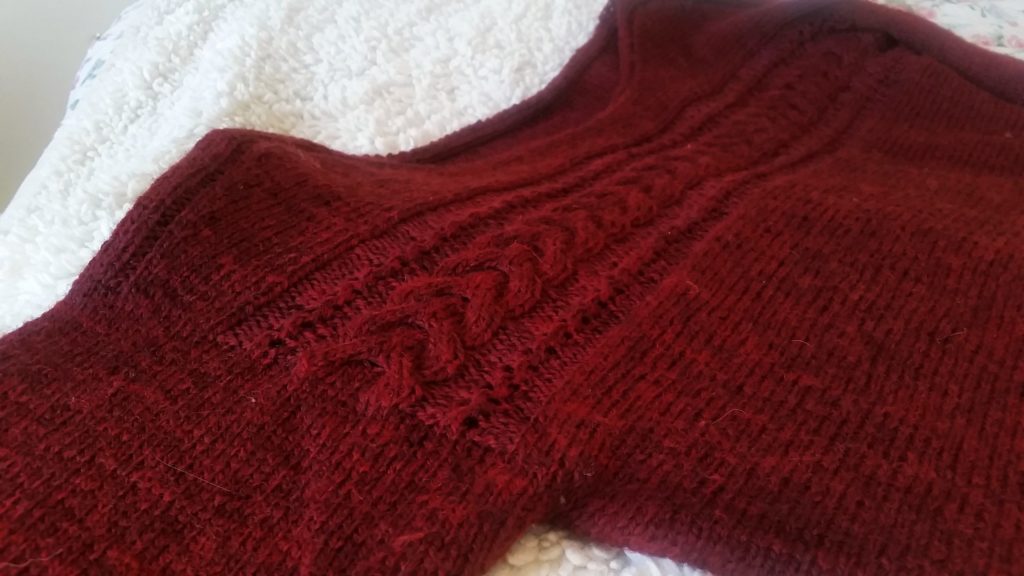
That being said it was actually a relaxing knit; the stockinette was broken up by some shoulder seaming, the cable repeat, and some minor increases and decreases around the neckline but the construction gave me a couple of problems. I couldn’t really try it on as I went the same way I can with a top-down pullover, because the stitches on the live edge kept shifting around on the waste yarn and there wasn’t much to hold it up except for the join between the front and back on my left shoulder, but I haphazardly pinned it to my body a few times as I went along to have a loose measure of progress; I decided because it’s knit with a few inches of positive ease it wasn’t the biggest deal. That and I forgot to take into account the fact that I’m very comfortable with my stitch gauge, but not as much so with my row gauge, and because of the sideways construction the importance of the two is switched so I had to cut out a couple of pattern repeats along the neckline to make sure I didn’t end up with the world’s widest pullover.
Luckily after a bit of finishing (I love Brooklyn Tweed patterns, but they’re always rife with seaming and kitchener stitching things together and picking up and knitting the entire lower hemline to add ribbing) and a nice soak in some Eucalan, my little project blocked to a lovely loose pullover. The stitch gauge loosened up with blocking so it wasn’t as cropped as it looked while I was knitting it and the fabric relaxed so even though there was no waist shaping it hangs nicely and doesn’t look too blocky.
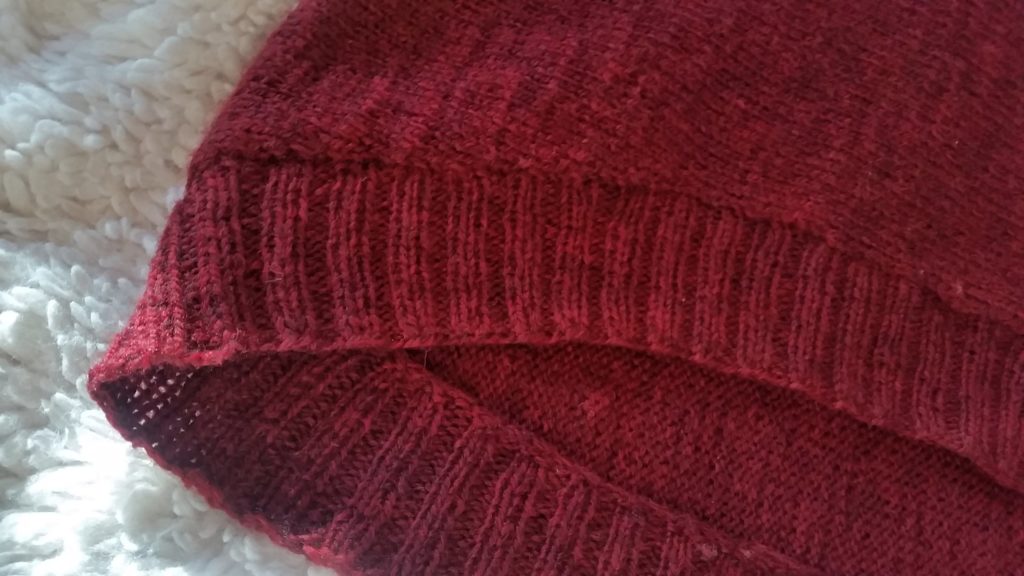
As the years have passed I’ve learned to trust myself as a knitter. When I knit I’m brave in a way that I wish I could apply better to the rest of my life. I’m not as timid; the idea of trying new things and learning new things as I go rather than waiting until I’m absolutely sure I can take something on doesn’t scare me as much. Admitting failure isn’t as terrifying either. Though I’m never happy to rip back hours of work or frog a project, I’m not ashamed to acknowledge that something wasn’t working. I’d much rather start over or take two steps backward in order to come out with an end result that I’m proud of. I don’t always take on crazy projects. I love the texture and the drape of fabric and unique shapes, but I also have a strong affinity for clean lines and classic silhouettes. Sometimes I knit just for the sake of knitting. It’s important to find a balance, and I’m getting better at that every day. The Natsumi Pullover walked the line between simple and unfamiliar very well. I expect it will make its way into my regular winter sweater rotation with ease.
